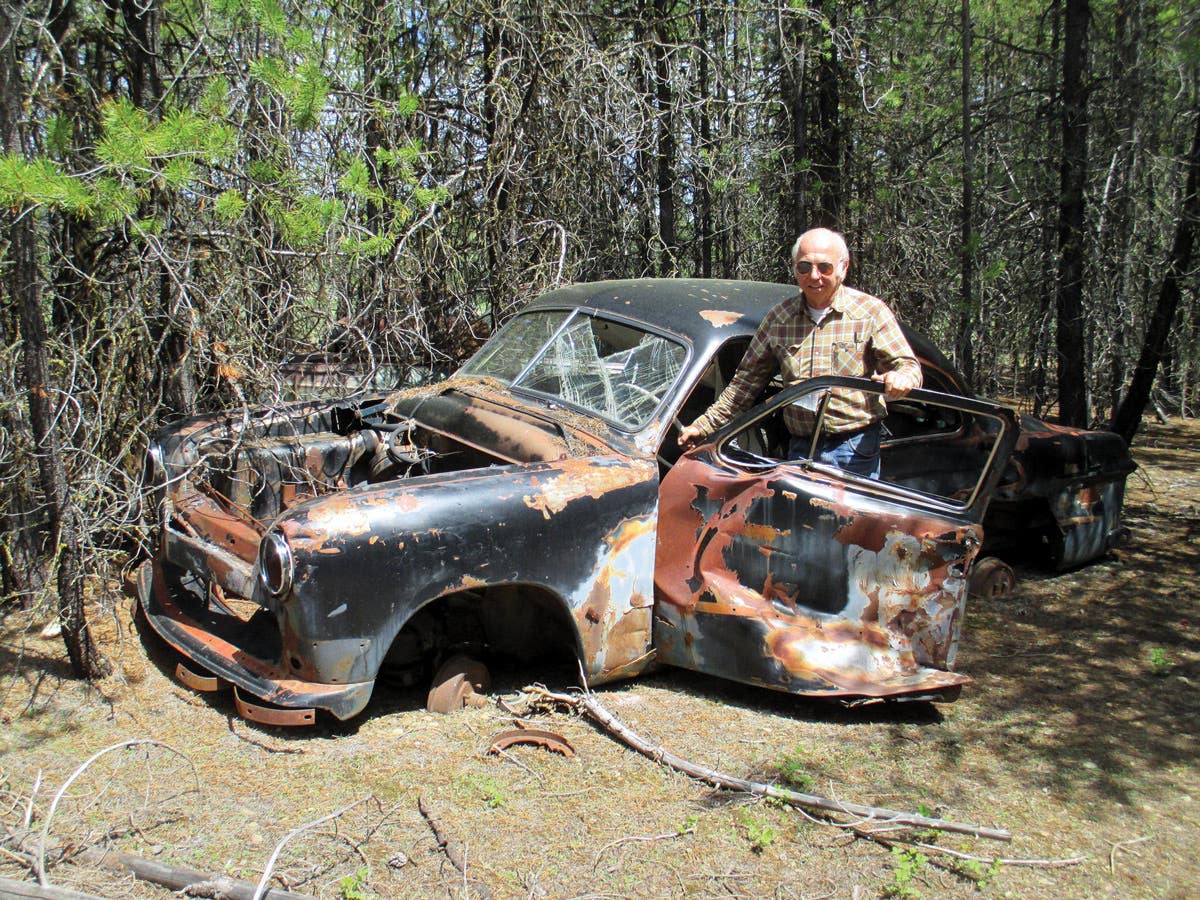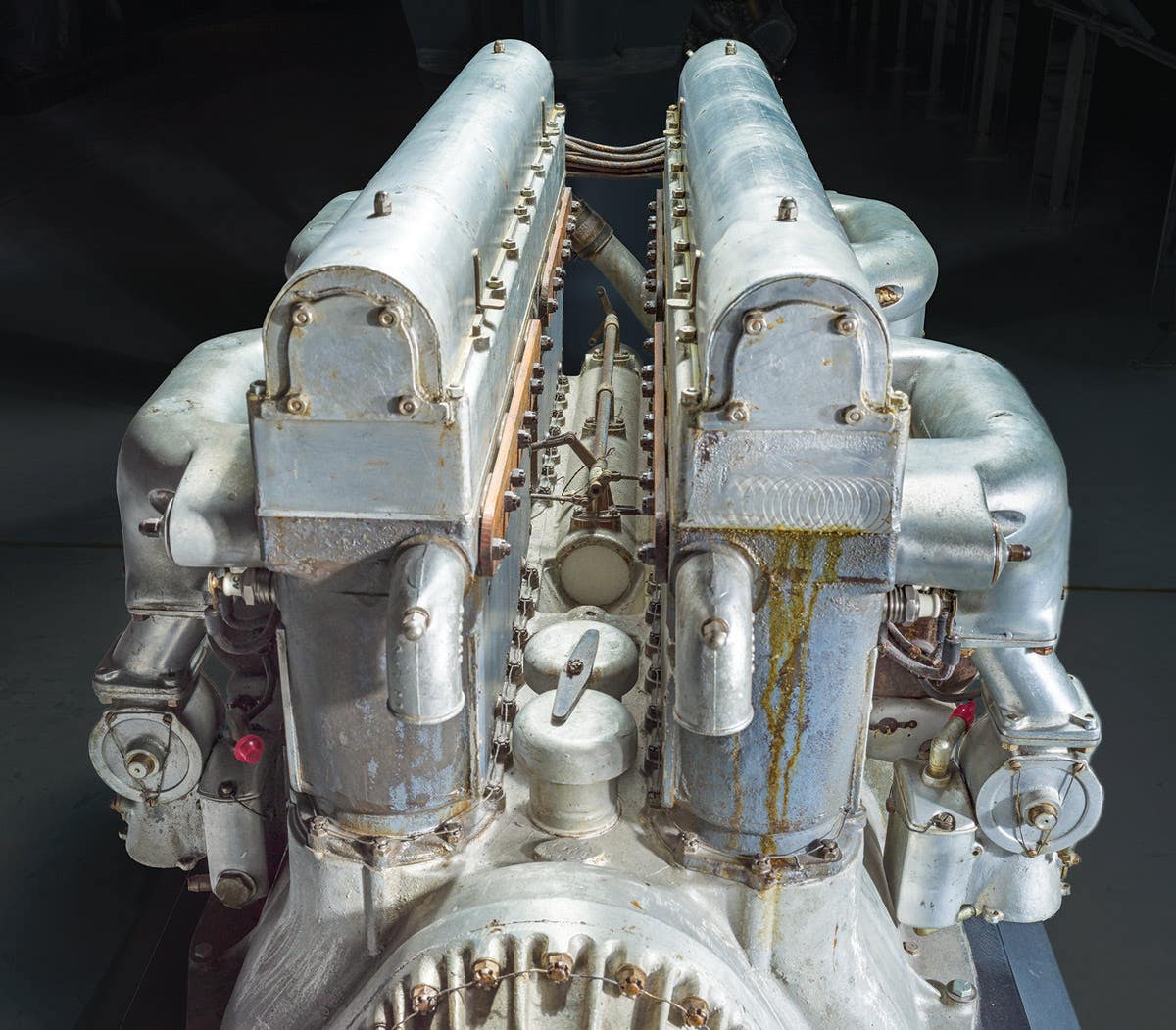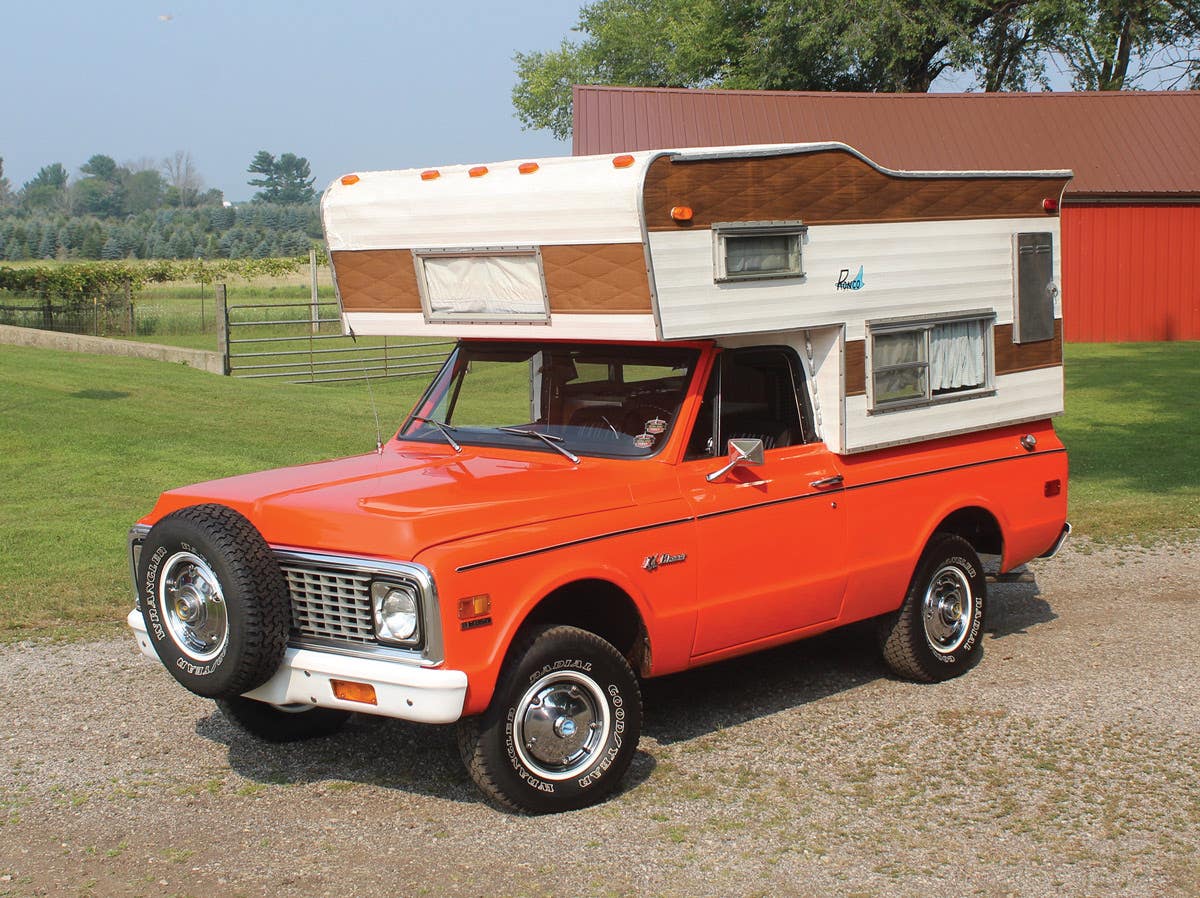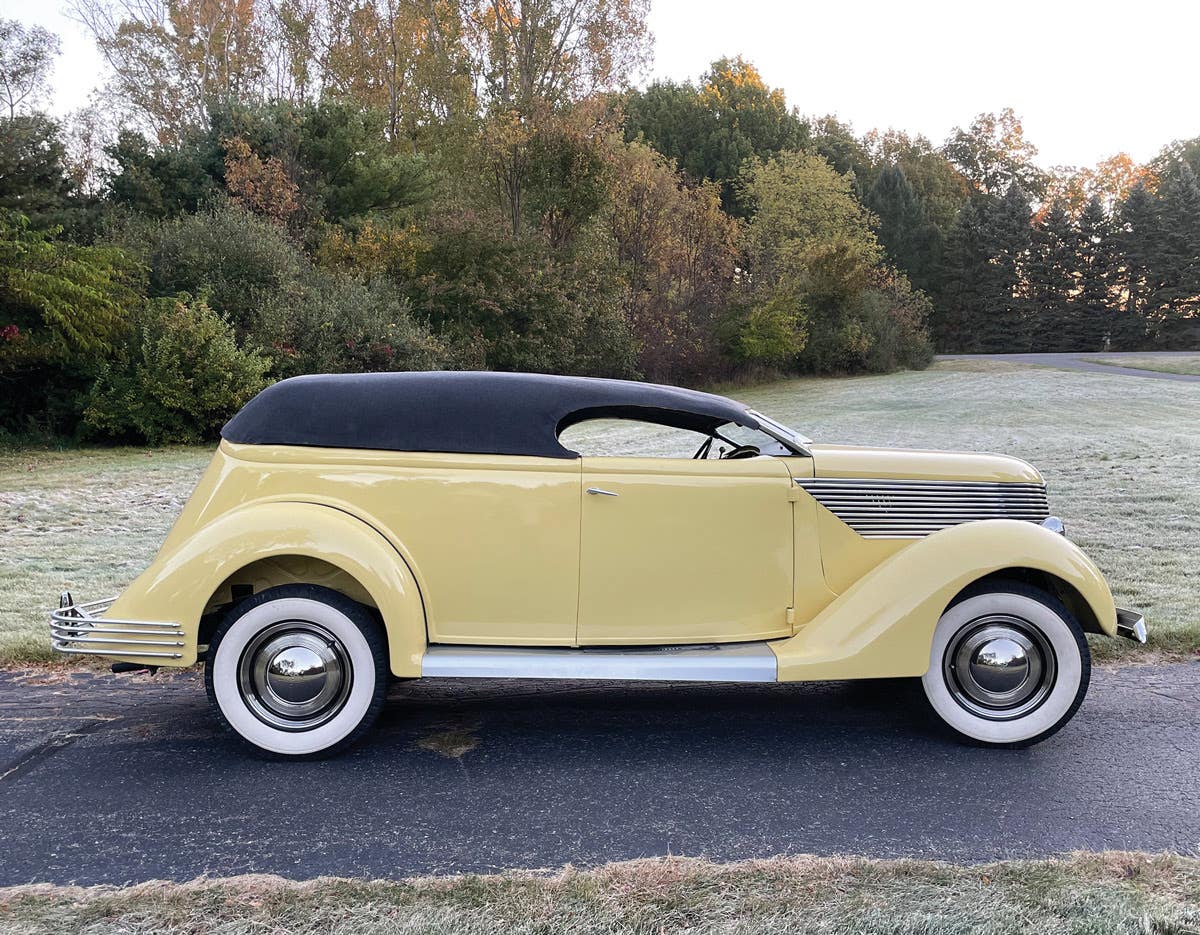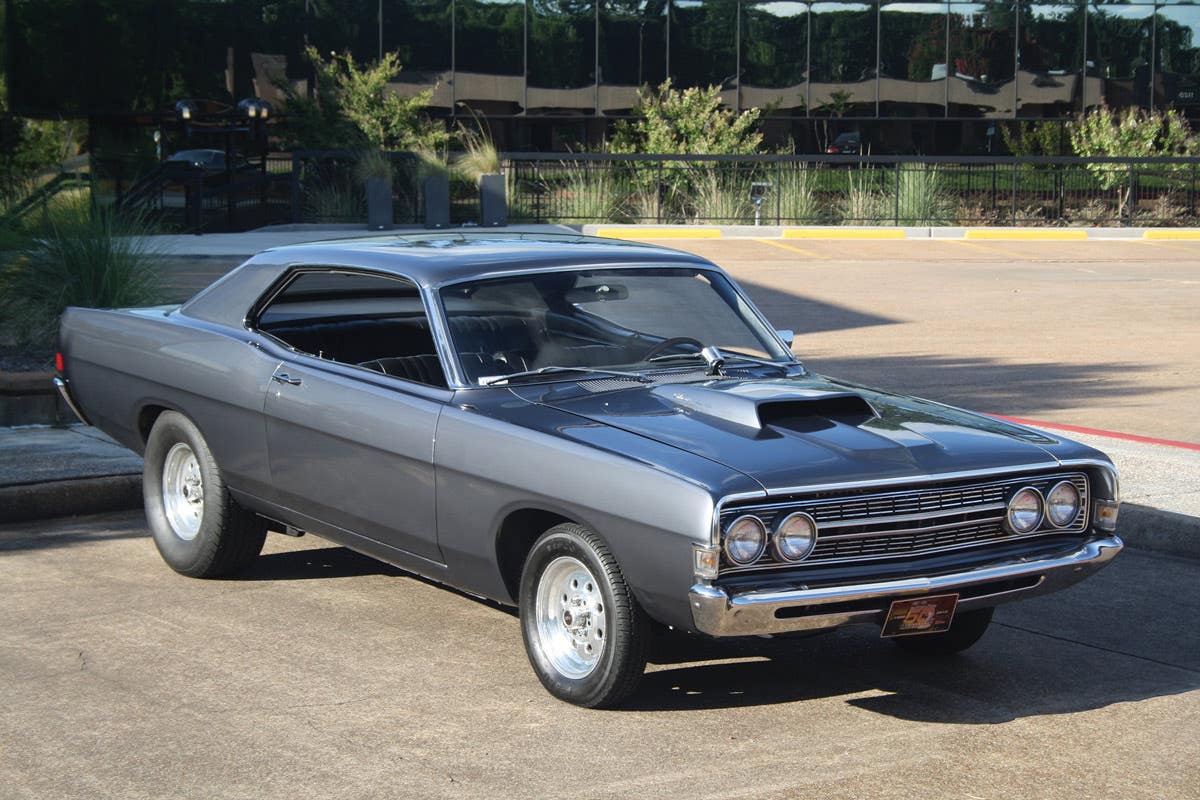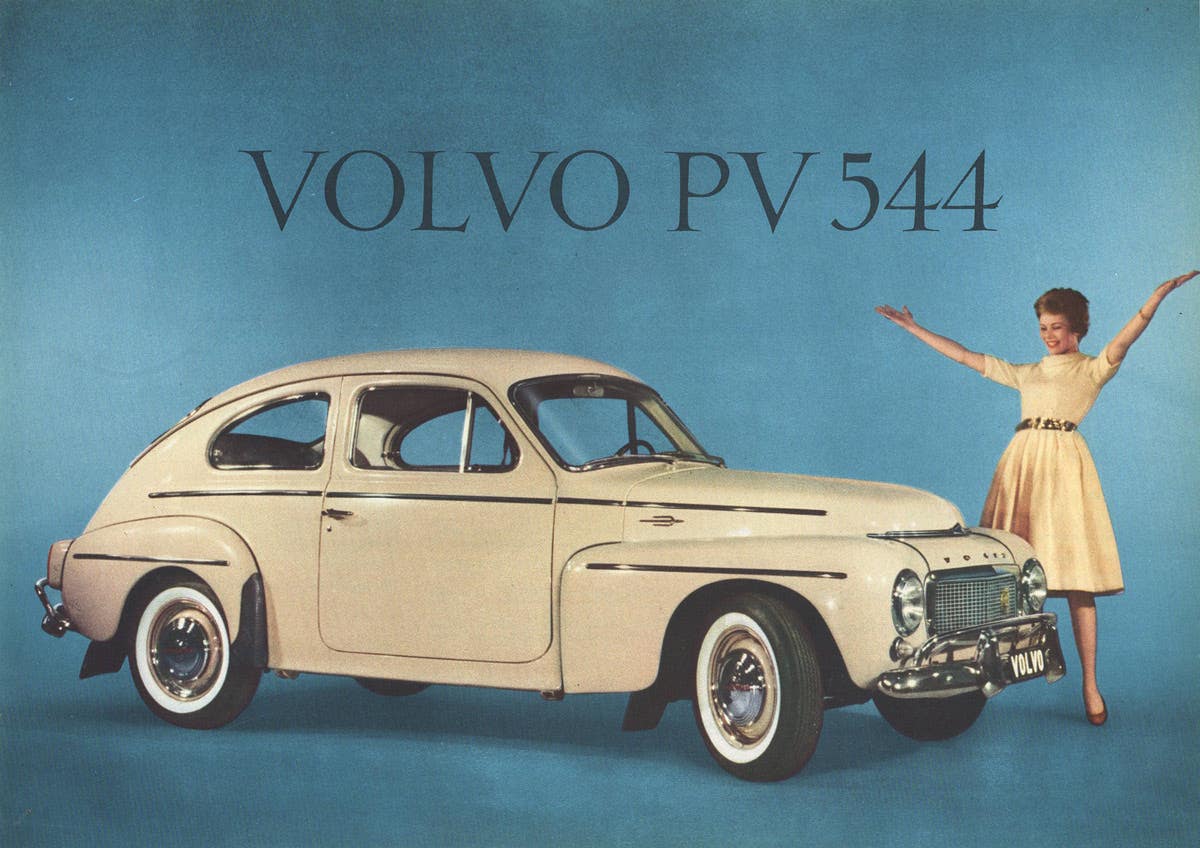Q&A with Kit Foster: August 7, 2014
Q. I bought a 1958 Biscayne in which the interior had been redone. Whoever did the headliner covered the mounting area for the sun visors. There is a nickel-sized hole…
Q. I bought a 1958 Biscayne in which the interior had been redone. Whoever did the headliner covered the mounting area for the sun visors. There is a nickel-sized hole on the driver’s side, which I have searched with my finger to locate the mounting holes, but I cannot. Where can I find a photo showing where exactly the mounting area and holes are located? My fear is that the mounting metal has been removed. Can you please advise where I can find a photo of the area without the headliner?
— Dmitri, Fillmore, Calif.
A. If you can see or feel the nickel-sized hole, I believe the surrounding metal is there. That hole is for the heavy spring that holds the visor arm pivot tightly, yet allows it to swivel. From what I can tell without having access to a “naked” Chevy interior, the visor brackets are the same from 1955 to 1958. They seem to be available from a number of sources, no doubt because of the popularity of 1955-’57 Chevys. The mounting surface of the bracket is “T” shaped, with the “trunk” of the T longer than the “arms,” but at right angles to them.
This past weekend I happened upon a 1956 Chevrolet 150 sedan, and also a 1958 Bel Air hardtop coupe. In both of these cars, the “T” brackets were mounted with the “trunk” of the T toward the center of the car, but slanted up at a 20-30 degree angle from the top of the windshield. If I were in your position, I would first obtain the brackets needed. Then I would cut carefully around the circumference of the “nickel-sized” hole with an X-acto knife, pressing the headliner against the metal surface to ensure as clean a cut as possible. Then I would crook my little finger into the hole and feel around inside. I expect this would allow me to locate the holes in the arms of the T. With two holes located, the third one should find itself. If my finger was too fat to get far enough into the hole I’d seek out a friend or family member with daintier fingers.
-------------------------------------------------------------
Q. I recently acquired this 3-1/2 foot sign. I am puzzled as to the connection of the strange symbols to Oldsmobile. It looks like an Aladdin’s lamp at the top. In the shield is some type of mythical bird and what look like three acorns.
— Joseph Reichenbach, Black River Falls, Wis.
A. The website www.outrightolds.com calls it the “winged spur,” and indicates it was used from 1920 to 1939. The elements are explained as follows: “This crest included many elements symbolizing Oldsmobile’s increasing prominence in the automobile industry. The winged spur at its center represented harnessing horsepower; the acorns acknowledged Oldsmobile as a seed that helped grow the automobile industry. Also included is the Lamp of Knowledge and micrometer and a triangle signifying research, exactness and precision.”
-------------------------------------------------------------
Q. Regarding the chromed pot metal lights with faceted glass (Satch Reed question, May 22), I have an identical pair of these lights that I took off a 1937 Chevy coupe that I purchased from the original owner. They were mounted on top of the front fenders as turn signals.
— James A. Most, Prescott, Wis.
A. As I said in my July 10 column, Mr. Reed’s lights could very well have been on a 1937 Chevy, as yours were. I haven’t yet come across evidence that they were a genuine Chevrolet accessory, however.
-------------------------------------------------------------
Q. In the April 10 Q&A, Frank Perazzo asks about changing the axle ratio in his 1940 LaSalle. Anyone who has driven a prewar straight-drive Cadillac or LaSalle has noticed that the 3.90 axle ratio is just too low for modern highway speeds. A 1941 to ’48 Cadillac with automatic transmission has a 3.36 third member that will fit the LaSalle axle housing but the axle splines won’t work. Neither are the third members designed to be disassembled, so gear swapping is out of the question. To solve this problem you need a 31-inch-long axle with 16 splines to fit the 3.36 Cadillac axle gear. I solved the problem on a 1937 LaSalle by shortening the Cadillac axles. A ’37 LaSalle axle is 31 inches long with 12 splines; a ’48 Cadillac axle is 33-1/4 inches long with 16 splines. I shortened my axles by 2-1/4 inches.
— Bill Harper, Hendersonville, N.C.
A. Mr. Harper sent an article that he wrote in 2006 for Sallee Speaks, newsletter of the Cadillac LaSalle Club LaSalle Appreciation Society Chapter, describing the process he used, which involves cutting and welding the axles. I am sending it to Mr. Perazzo. If other readers would like a copy, contact Q&A (see below).
To submit questions to this column: E-mail angelo.vanbogart@fwmedia.com or mail to: Q&A, c/o Angelo Van Bogart, 700 E. State St., Iola, WI 54990-0001.
Got Old Cars?
If you don't subscribe to Old Cars Weekly magazine, you're missing out on the only weekly magazine in the car hobby. And we'll deliver 50 issues a year right to your mailbox every week for less than the price of a oil change! Click here to see what you're missing with Old Cars Weekly!
More Resources for Car Collectors:
- Classic car price guides, research, books, back issues of Old Cars Weekly & more
- Get expert restoration advice for your classic car
- Get car pricing, data and history all in one place
- Sign up for Old Cars Weekly's FREE email newsletter
- Need to buy or sell your classic car? Looking for parts or memorabilia? Search our huge online classified marketplace



